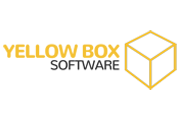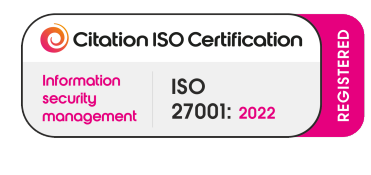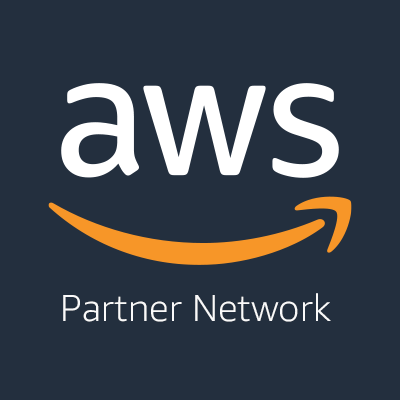Yellow Box Software is celebrating its third birthday this month. Over the years, we’ve seen growth, tackled challenges, and adapted with purpose. We’ve shifted from traditional software delivery to becoming a near-complete software-as-a-service provider. We’ve embraced Industry 4.0, formed strong partnerships, and focused on building scalable, bring-your-own-device apps with modern, often serverless infrastructure.
Here are five key insights we’ve picked up along the way.
1. Less is More in App Design
Heavy desktop apps are a thing of the past. With the rise of mobile and tablet use across both industrial and consumer sectors, user interfaces must be clean, flexible, and easy to use.
“User-experience-led software design is critical for redesigning customer-facing products and services.”
– Raj Patil, Orion Innovation
Many of our clients previously used systems that looked and felt like spreadsheets, or worse, relied on paper. Searching for data or generating reports often required technical skills. We took those lessons and designed interfaces that feel intuitive. Searching is now as simple as using Google. Reporting and filters are built in — and built for everyone.
2. The Cloud is Evolving
Connectivity has shifted from one-to-one communication to the Internet of Things — and now the Internet of Everything. Today, our apps combine cloud-based access with local data storage to support users in all environments.
We’ve integrated non-relational, data lake technologies into our stack. These systems allow broader, more flexible datasets. They also support wildcard-style searching, like Google, without compromising speed or efficiency.
3. Authentication Must Be Smarter
Passwords alone no longer cut it. To keep complex, multi-user platforms secure, we’ve added options like single sign-on, two-factor email authentication, and secondary PINs.
Data recovery is another growing concern. We handle this by combining relational and non-relational storage for both speed and security. Backups, encryption, and redundancy come standard — powered by a mix of AWS and custom solutions. The result? 99%+ uptime across our platforms.
4. Modern Apps Must Be Agnostic
Users today access software on every kind of device. That’s why we don’t build for one platform anymore. The shift to ruggedised Android in industrial settings, plus the rising cost of native development, makes hybrid and cross-platform apps the smart choice.
Our applications now adapt seamlessly across operating systems and screen sizes — all from a single codebase.
5. Green Tech Matters
Sustainability is no longer optional. We’ve developed software that helps track carbon footprints, reduce paper usage, and boost operational efficiency. These tools support our clients’ eco goals and reflect our own values.
Yellow Box Software is now a certified carbon neutral business. We commit at least 5% of our profits each year to our green tech partners, including WWF.
Final Thoughts: What Three Years Have Taught Us
The world continues to evolve — and software is leading the way. At Yellow Box Software, we’re committed to staying ahead, adapting to user needs, and setting the standard for what comes next.
Here’s to the next three years — and the innovation ahead.




